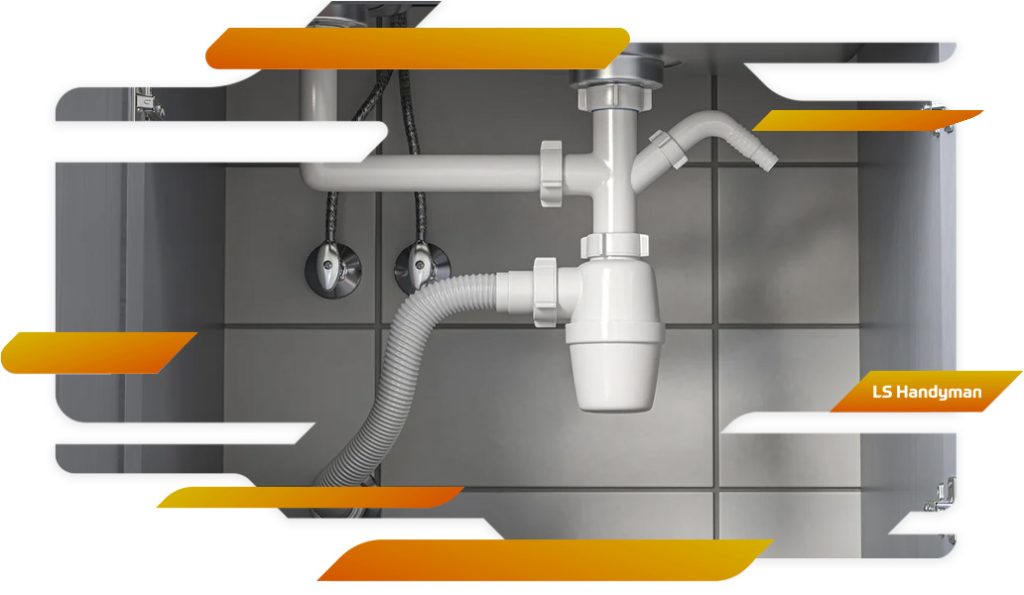
Bottle Trap Installation
What is Bottle Trap ?
A bottle trap, also known as a bottle trap drain, is a type of plumbing fixture that is used to prevent foul odors from escaping through the drain pipes and entering a room. It is typically used in bathroom sinks and some kitchen sinks. The bottle trap consists of a curved section of pipe that holds a small amount of water, creating a barrier that blocks sewer gases from coming back up through the drain. The name “bottle trap” comes from the shape of the trap, which resembles a bottle. The design of the bottle trap not only serves a functional purpose but also offers a visually appealing aspect to the plumbing fixture. With its sleek and compact form, the bottle trap adds a touch of modernity to the sink area. Additionally, its easy installation and maintenance make it a popular choice among homeowners and plumbers alike. The simplicity of the bottle trap’s structure belies its effectiveness in ensuring a hygienic and odor-free environment within the household. Its versatility and ability to fit seamlessly into various sink designs further contribute to its widespread use in residential and commercial settings.
Type of Bottle Trap
There are several different types of bottle traps commonly used in plumbing. Some of the most common variations include:
1. P-trap: This is the most common type of bottle trap, shaped like the letter “P”. It is designed to retain a small amount of water in the curved section to prevent sewer gases from entering the building.
2. S-trap: Similar to the P-trap but with a more pronounced curve, the S-trap is used in situations where space is limited. It is less commonly used now due to code restrictions in many areas.
3. Bottle trap: This type of trap is shaped like a bottle, with a wider base and a narrower top. It is often used in situations where a P-trap may not fit due to space constraints.
4. Adjustable trap: This type of trap can be adjusted to different heights, allowing for flexibility in installation. It is commonly used in situations where the drain pipe is higher or lower than standard.
5. Drum trap: This type of trap is cylindrical in shape and is less commonly used in modern plumbing due to its tendency to clog easily.
Each type of bottle trap has its own advantages and disadvantages, so it’s important to choose the right type based on the specific requirements of your plumbing system.
Bottle Trap Installation
To install a bottle trap, follow these steps:
1. Turn off the water supply to the sink where you will be installing the bottle trap.
2. Remove the old trap from the sink drain pipe by loosening the slip nuts on both ends of the trap and sliding it out.
3. Clean the drain opening and the pipe threads to ensure a proper seal with the new bottle trap.
4. Apply plumber’s tape to the drain pipe threads to prevent any leaks.
5. Slide the slip nut and washer over the end of the bottle trap with the threading facing towards the sink drain.
6. Insert the threaded end of the bottle trap into the sink drain pipe and tighten the slip nut by hand.
7. Use a wrench to further tighten the slip nut to ensure a secure connection without over-tightening.
8. Repeat the same steps for the other end of the bottle trap that connects to the waste pipe.
9. Turn on the water supply and check for any leaks. If you notice any leaks, adjust the slip nuts accordingly.
10. Once you have confirmed there are no leaks, the bottle trap installation is complete.
Remember to follow the manufacturer’s instructions specific to the bottle trap you are installing for the best results, your may contact LS Handyman for bottle trap installation service.


